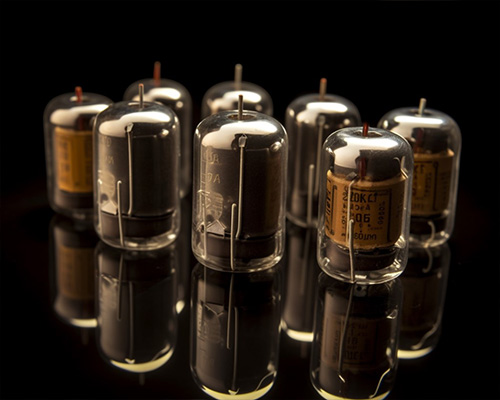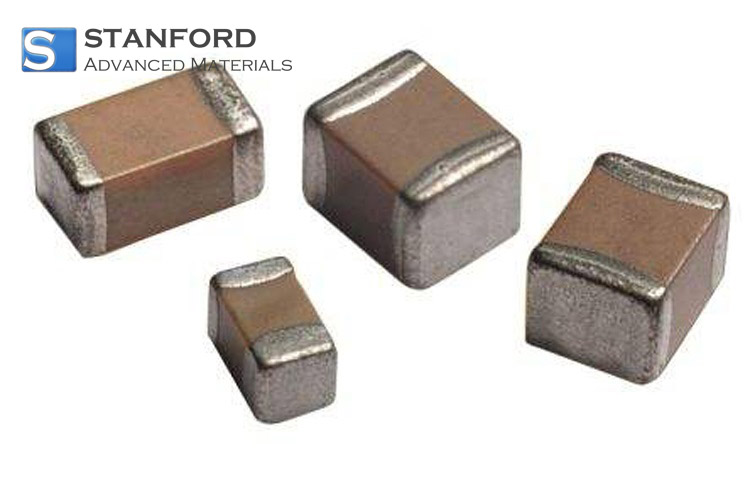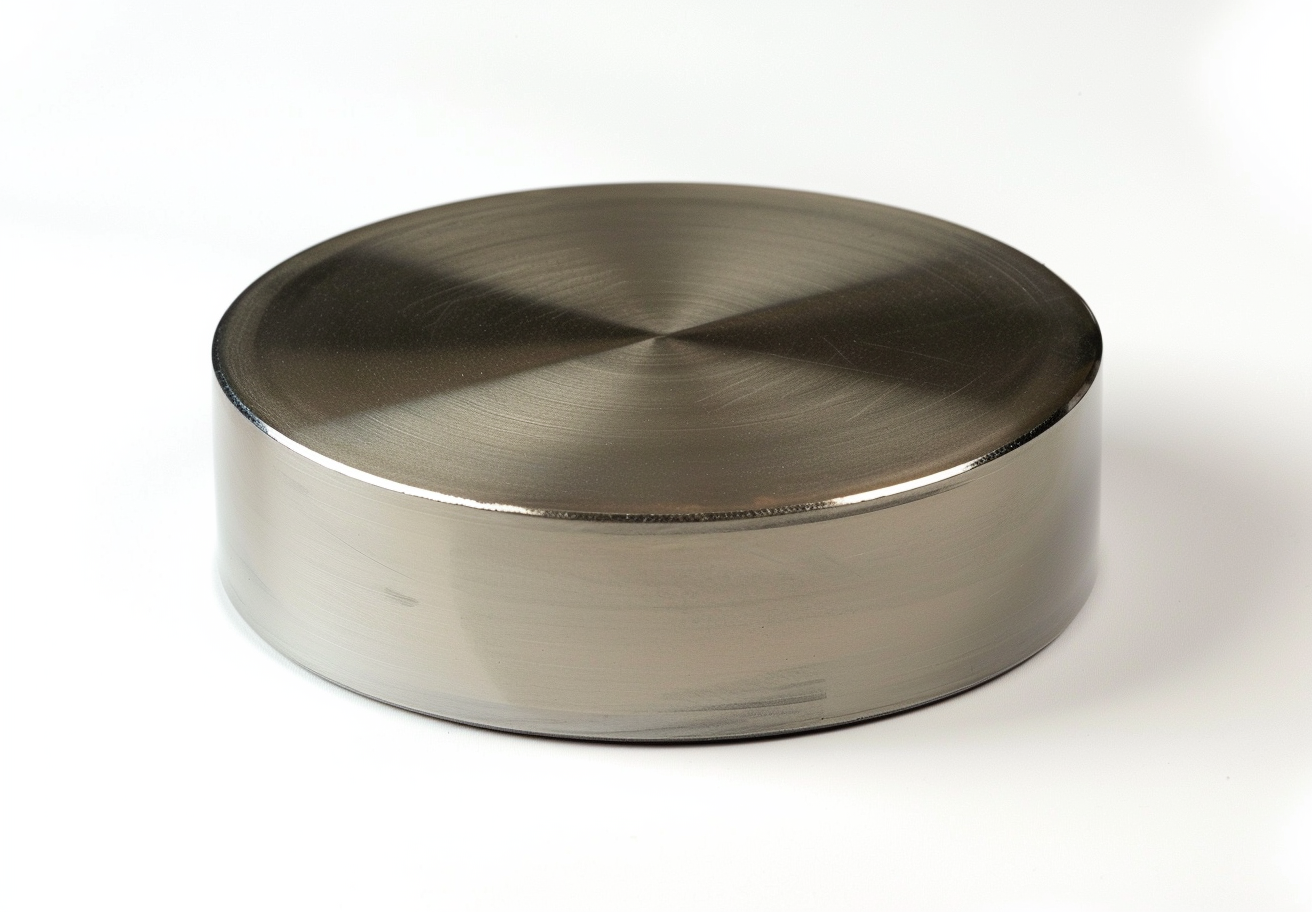Why Do Electrolytic Capacitors Explode?
Introduction:
Understanding the specific technical details of electrolytic capacitors is crucial for engineers and practitioners, particularly as occasional explosions in electronic systems present significant challenges. This study examines the composition, types and factors contributing to the explosiveness of electrolytic capacitors. As an established company in the field of advanced materials, Stanford Advanced Materials presents detailed insights into the science underlying capacitor explosions in order to assist professionals in this field and to improve the safety and reliability of electronic systems.
Investigation of Electrolytic Capacitors:
An electrolytic capacitor, a fundamental electronic component, consists of a metal foil, typically aluminium or tantalum, that serves as the positive electrode. The oxide layer, which is closely bonded to the metal, acts as the dielectric. The cathode, critical for the capacitor’s operation, comprises a conductive material, an electrolyte (either liquid or solid) and other components. The term “electrolytic” denotes the essential role of the electrolyte in forming the cathode.

Types of Electrolytic Capacitors:
- Tantal electrolytic capacitor: It is predominantly composed of sintered solids, wound solids and sintering fluid, with a non-metallic, sealed resin serving as the primary material.
- Aluminium electrolytic capacitor: Available in variants such as lead, horn, screw and solid capacitors, each engineered for specific applications.
Reasons for Explosions in Electrolytic Capacitors:
Poor manufacturing process:
Internal component failures are often attributed to inadequate manufacturing processes. A small error may produce serious consequences, thereby underlining the necessity for stringent quality control throughout the production chain.
Damage to the enclosure insulation:
Irregular edges, burrs or significant bending during manufacture can compromise the insulation. This may lead to corona discharge, dielectric breakdown, expansion of the enclosure and leakage of the electrolyte. Consequently, careful attention during manufacturing is required to maintain the capacitor’s structural integrity.
Issues with sealing and electrolyte leakage:
Insufficient sealing of the enclosure can reduce the insulation resistance and lead to electrolyte leakage. This may result in a pronounced discharge in the mantle direction or cause component failure. A careful assembly and strict quality control are necessary to avoid sealing problems and to ensure reliable performance under various operating conditions.
Internal dissociation:
Corona discharge, breakdown discharges and severe dissociation can reduce the free operating voltage of the capacitor and accelerate the degradation of the dielectric. This process increases gas formation and internal pressure, eventually leading to an explosion. An accurate understanding of the internal dynamics of capacitors is necessary for the prediction and prevention of dissociation-related explosions; therefore, continuous research in material science is required.
Electrical charge explosion:
Capacitors rated for a specific voltage must not be subjected to additional charging. If they are not discharged after isolation, a reverse polarity may occur on re-energising the circuit. This can result in an explosive reaction due to residual charges. Strict adherence to proper handling procedures is indispensable to prevent explosions from electrical charges and to ensure system safety. Educational initiatives and awareness programmes are required to disseminate this knowledge among engineers and technicians.
Other contributing factors:
High temperatures, inadequate ventilation, elevated operating voltage, excessive harmonic components and overvoltage during operation are additional factors that may contribute to capacitor explosions. System developers must consider these elements to establish conditions that support a capacitor’s operational lifespan. Continuous monitoring and optimisation of conditions are key to avoiding unexpected critical failures.
Mitigation of Risks and Progress:
As the demand for electronic devices continues to rise, the need for reliable and safe capacitors becomes more pressing. To mitigate the risks associated with electrolytic capacitor explosions, further advancement in materials science and manufacturing procedures is essential.
Advances in materials:
Researchers are investigating new materials for capacitor construction to enhance reliability and reduce the likelihood of explosions. Modern polymers and composite materials are under evaluation for their potential to provide improved insulation and structural stability.
Innovations in manufacturing:
Improvements in manufacturing processes, including precision techniques and automated quality control, are central to producing capacitors that perform consistently. The utilisation of advanced technologies ensures that each capacitor meets strict standards, thereby reducing the probability of internal defects and failure.
Intelligent capacitor technologies:
The integration of intelligent technologies, such as sensors and monitoring systems, permits real-time tracking of a capacitor’s condition and performance. Early detection of anomalies facilitates proactive maintenance, thereby preventing issues from escalating into hazardous situations.
Educational initiatives:
Educational initiatives within the electronics industry are important for sharing knowledge regarding proper handling, maintenance and the risks associated with capacitors. Workshops, seminars and online resources can contribute to a better informed engineering community.
Conclusion:
In summary, a detailed understanding of the causes of electrolytic capacitor explosions is essential for maintaining the safety and reliability of electronic systems. Stanford Advanced Materials reaffirms its commitment to advancing material science by providing insights into capacitor behaviour. By recognising the technical aspects of capacitor design and accounting for potential manufacturing pitfalls, engineers and practitioners can reduce the risk of explosions and ensure the longevity of electronic devices.
Given the ongoing technological progress, continuous research and development efforts play a central role in minimising the risks associated with capacitor failures. Material innovations, improvements in manufacturing and the integration of intelligent technologies collectively contribute to a safer electronic environment. By remaining informed, adopting proven methods and utilising available technological advancements, the electronics industry can establish conditions in which capacitor explosions occur less frequently, thereby paving the way for a safer and more reliable future.

 Bars
Bars
 Beads & Spheres
Beads & Spheres
 Bolts & Nuts
Bolts & Nuts
 Crucibles
Crucibles
 Discs
Discs
 Fibers & Fabrics
Fibers & Fabrics
 Films
Films
 Flake
Flake
 Foams
Foams
 Foil
Foil
 Granules
Granules
 Honeycombs
Honeycombs
 Ink
Ink
 Laminate
Laminate
 Lumps
Lumps
 Meshes
Meshes
 Metallised Film
Metallised Film
 Plate
Plate
 Powders
Powders
 Rod
Rod
 Sheets
Sheets
 Single Crystals
Single Crystals
 Sputtering Target
Sputtering Target
 Tubes
Tubes
 Washer
Washer
 Wires
Wires
 Converters & Calculators
Converters & Calculators
 Write for Us
Write for Us


 Chin Trento
Chin Trento



